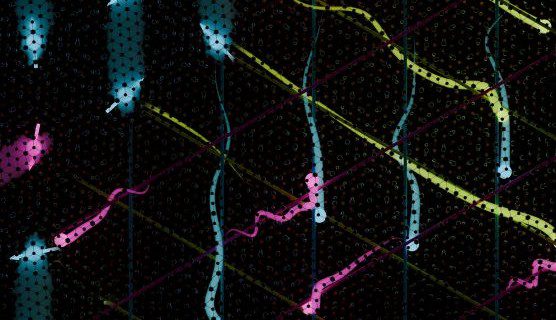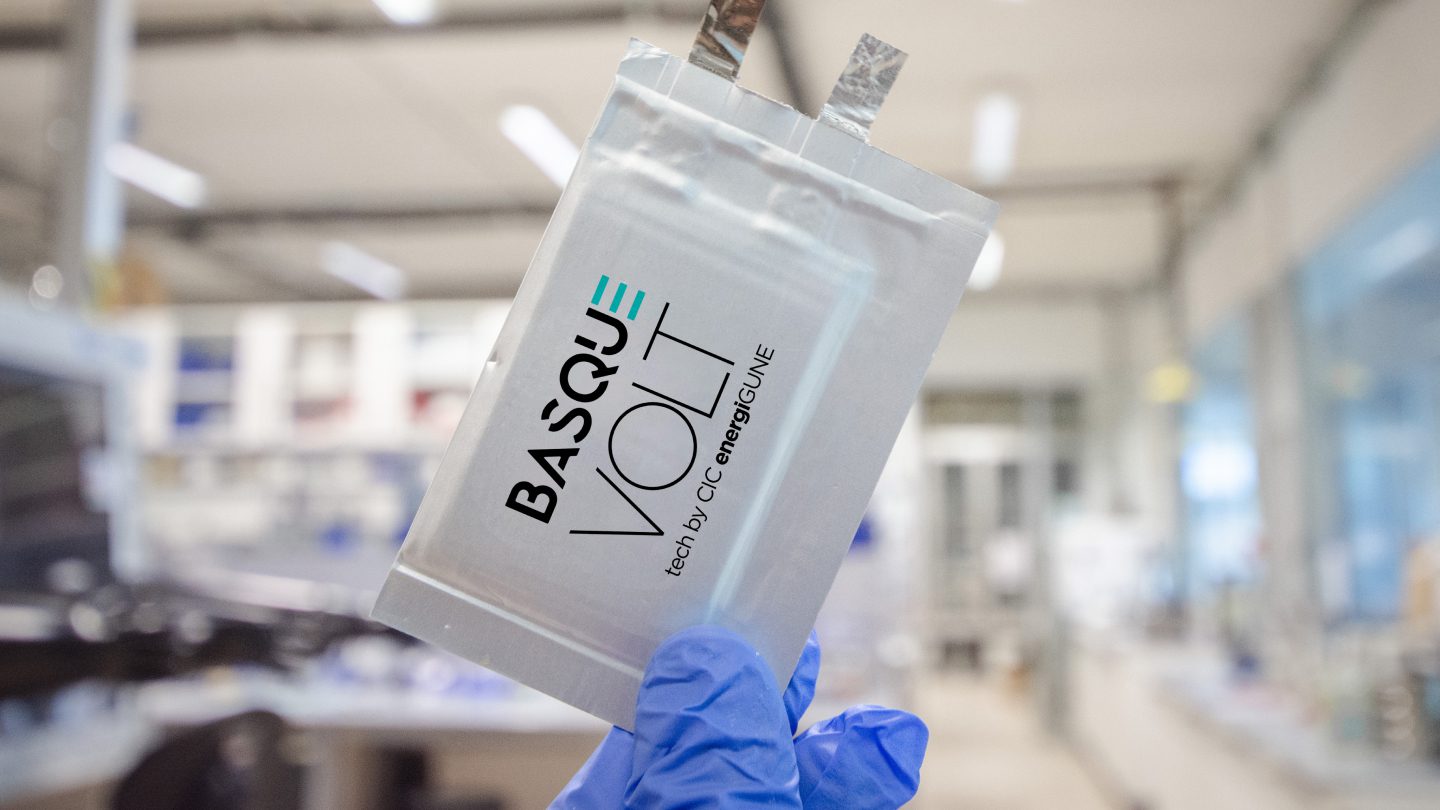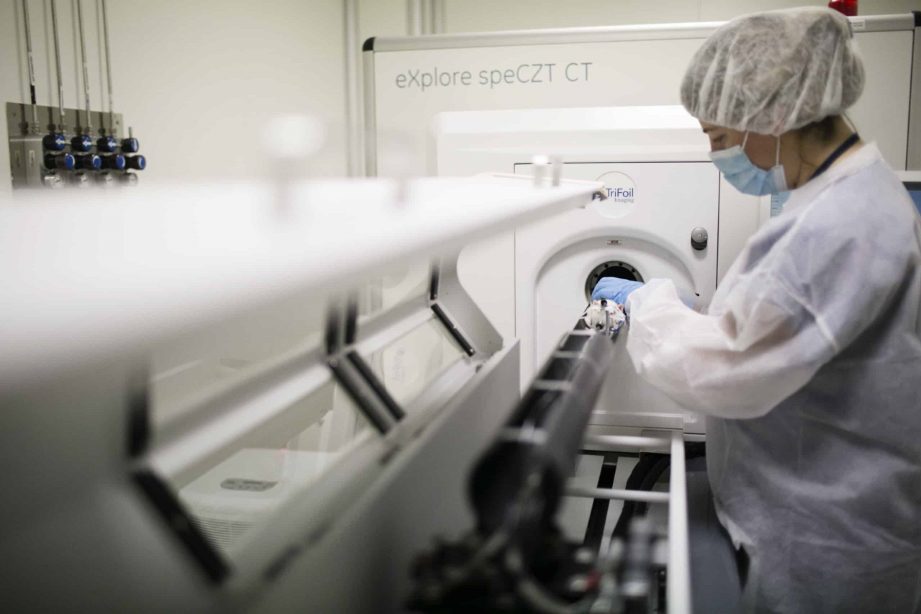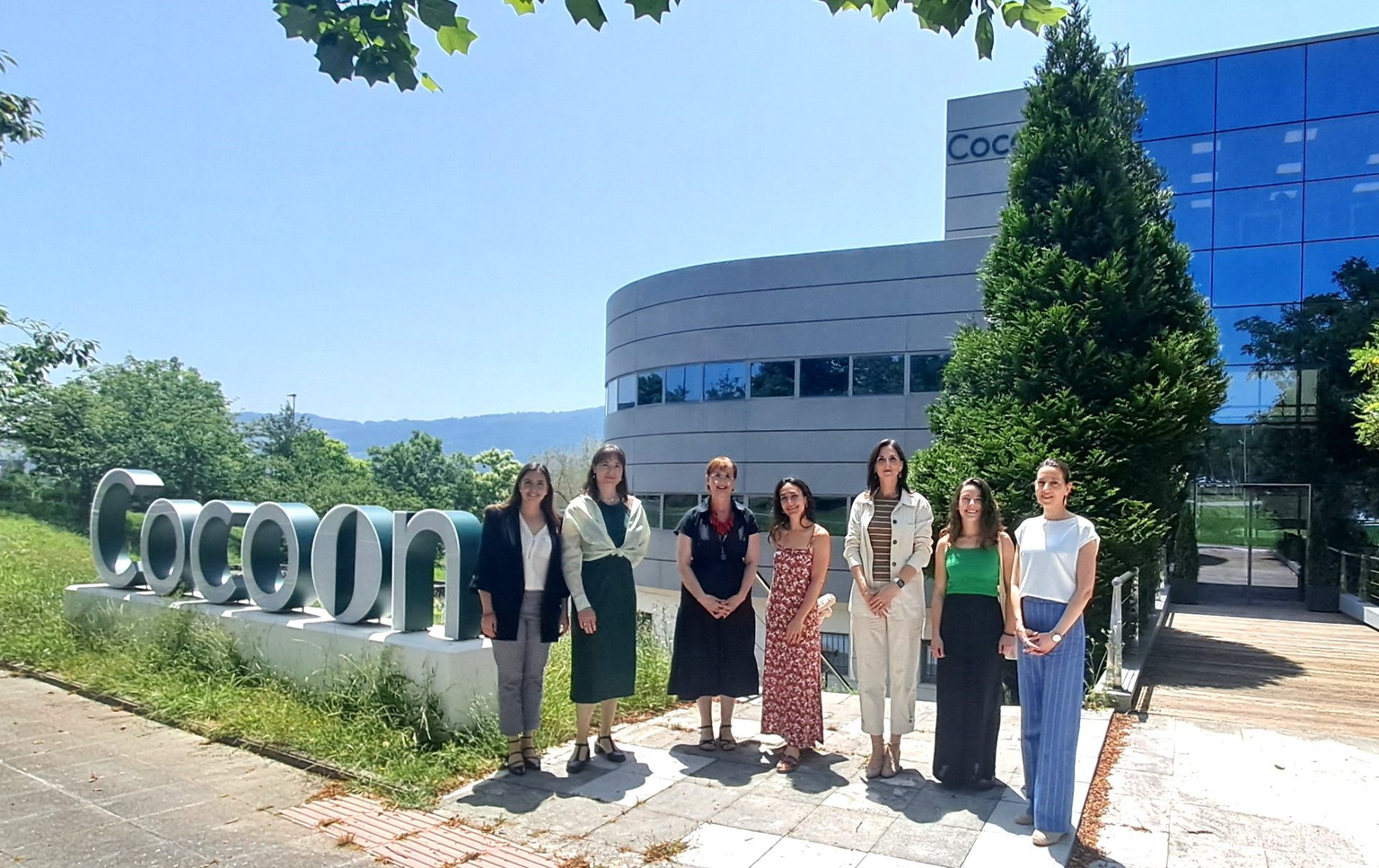CIC energiGUNE is working on the development of a high-voltage cobalt-free battery
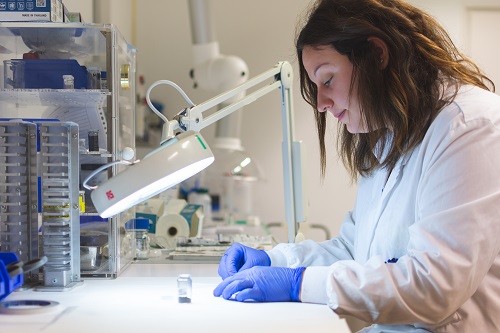
The Basque centre is participating in the European HighSpin project, led by the Austrian Institute of Technology (AIT) with the aim of developing high-voltage materials, cells and modules that offer greater performance and safety and are more sustainable than current alternatives
The consortium, which includes 14 institutions from across Europe, believes that this technology, which will be applicable to both ground and airborne electric mobility, can have a rapid industrialisation process
 CIC energiGUNE, a leading Basque research centre in energy storage specialising in batteries, thermal energy solutions and hydrogen technologies, and a member of the Basque Research & Technology Alliance-BRTA, has begun research work on the development of a high-voltage electrochemical cell based on a high-performance, safe and sustainable LNMO (lithium-nickel-manganese-oxygen, and therefore cobalt-free) spinel cathode. The task is part of the European HighSpin project, in which CIC energiGUNE participates along with thirteen other companies and organisations on the continent.
CIC energiGUNE, a leading Basque research centre in energy storage specialising in batteries, thermal energy solutions and hydrogen technologies, and a member of the Basque Research & Technology Alliance-BRTA, has begun research work on the development of a high-voltage electrochemical cell based on a high-performance, safe and sustainable LNMO (lithium-nickel-manganese-oxygen, and therefore cobalt-free) spinel cathode. The task is part of the European HighSpin project, in which CIC energiGUNE participates along with thirteen other companies and organisations on the continent.
“In addition to proposing a Li-ion battery with better and more sustainable performance, in this project we will focus on its recyclability, aiming for a recycling efficiency of 90%, with a purity of 99.9%” said Marine Reynaud, Principal Investigator of the project at CIC energiGUNE and recently recognised with the BRTA Award in Research Projection granted by the Basque Government. “With HighSpin, we foresee an approach to the market in the short term, specifically in 2028 for electric cars and in 2030 for aeronautics”, she said.
HighSpin is one of the 8 projects approved by the European Commission within the current Horizon Europe call in which CIC energiGUNE participates. In fact, the Basque centre obtained a maximum success rate in this call, obtaining EC approval for 8 of the 9 projects in which it is taking part, all of them linked to the development of high-performance batteries.
Specifically, the work proposed within HighSpin, a project led by the Austrian Institute of Technology (AIT), revolves around the development of 3b LNMO||Si/C generation materials, cells and modules – with a high-voltage cobalt-free cathode and a high-capacity silicon-carbon anode – that offer effective solutions to current options. Having demonstrated its viability for ground and air transport applications, HighSpin officials anticipate that the technology can move into the industrialisation phase within a short period of time.
The development of the LNMO||Si/C technology on which HighSpin is based is linked to the previous European project 3beLiEVe, in which CIC energiGUNE also participated. The project activities now range from the stabilisation of the active materials by optimising their microstructure, to the development of high-voltage electrolyte formulations, as well as the high-speed laser structuring of the electrodes and the inclusion of operational sensors in the form of a CMU (Cell Management Unit) on chip support. Recyclability and second life studies of the materials are also part of this work to make the technology sustainable.
Market estimates associated with the development of HighSpin envisage the distribution of more than 40 GWh/year and a turnover of 4 billion/year by 2030.
